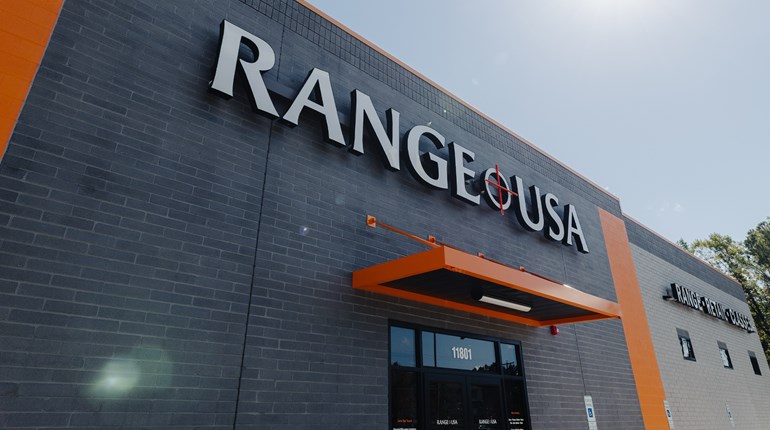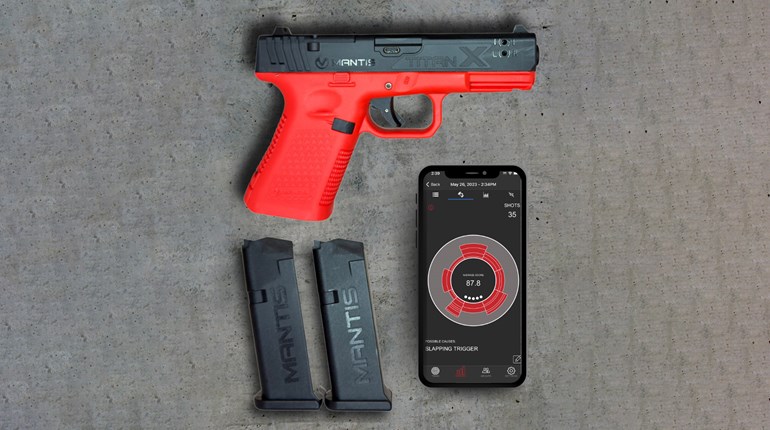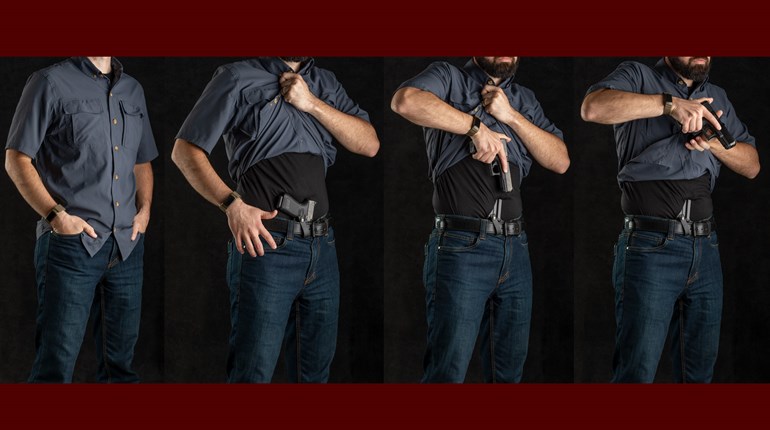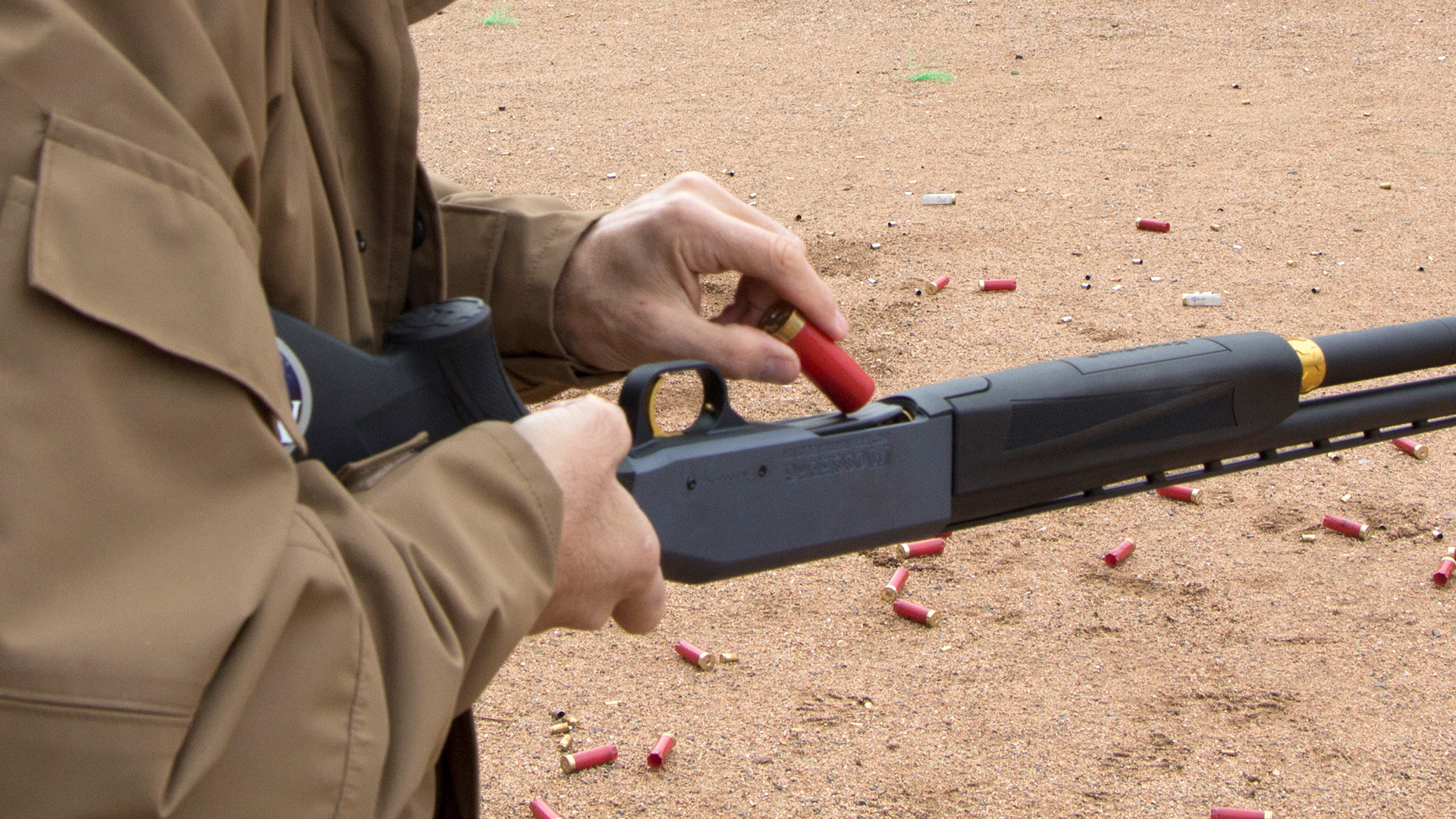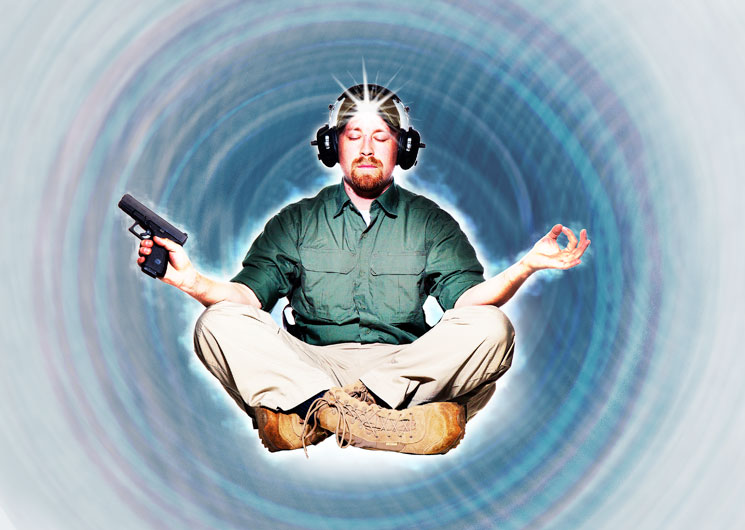
Paul Schoch is retired after 23 years of military service and 17 years' experience in Army Special Operations, including multiple combat tours in Afghanistan and Iraq. He now trains and advises Special Operations units, government agencies and specialized police units.
Sight alignment and sight picture, as shooting fundamentals, are obviously key to effective combat shooting. Fortunately, they are also both relatively easy, intuitive skills to teach and learn. There is a lot to discuss about these fundamentals, but that is for another time.
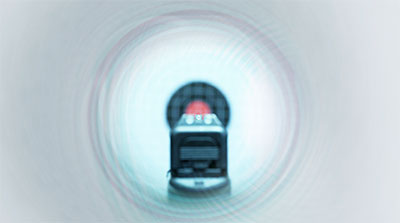
When I teach combat pistol, anticipation is the problem I most frequently need to address. Every shooter I have ever met deals with anticipation to one degree or another, but many misunderstand its nature. The most common misunderstanding of anticipation is that it is fear of recoil. This is untrue. Fear of recoil is one reason to anticipate, but it is not anticipation. Another reason to anticipate—and the most common for advanced shooters—is trying to actively control either recoil or the timing of the shot.
Anticipation is the mind focusing on what it considers important (what is about to happen) instead of what is important (what needs to happen in the moment). An example of anticipation off the range can be found in driving a vehicle. Imagine a deer running in front of a moving car. The untrained driver will concentrate on what is about to happen—hitting the deer—and will reflexively jam on the brakes while continuing to focus on the danger. This results in locking the wheels and, usually, steering into the deer. The trained driver, however, will assess the danger and focus on what needs to happen now: stopping the car and looking for a safe direction to turn. This results in proper braking (just short of lock-up) and steering toward safety. The ability to not worry about potential outcomes, but simply execute what is important in the moment, is often the difference between a positive outcome and disaster.
When shooting, anticipation is the mind focusing on the recoil of the firearm, either from fear or desire to control it. This results in a change in grip and stance—an instantaneous, reflexive tensing of the grip, arms and/or body—as the mind reacts to what is about to happen (recoil). If our reflexes were fast enough that we actually reacted to recoil at the instant it happened, there would be no problem. Go ahead and react. Human reaction times aren't that quick, however, so we often tense before recoil. The problem with this sudden tension, no matter how slight, is it changes sight alignment and sight picture if it occurs before the round leaves the barrel.
Try this: Adopt a good isosceles stance and two-hand grip with your cleared pistol. Relax your grip completely without opening it. Acquire a sight picture (pointed in a safe direction, of course). While you are watching your sights, suddenly increase the pressure on your grip and forearms. You will see the pistol dip, thereby ruining sight alignment. This usually happens so close to the actual shot, the recoil disguises the flinch and the shooter swears he or she didn't anticipate. This reflex is why anticipated shots are almost always low and left of the target (for a right-handed shooter). If a shooter relaxes, allows recoil to happen (as it must) and allows the shot to happen in its own time, the result will be a good hit.
All of that is a very "Zen" concept, so I've come to call the process of shooting with a mind firmly planted in the current moment—and focused on things within your ability to control—as the "Zen Shot." Many experienced shooters intuitively understand Zen shooting. In fact, finding oneself "in the zone" is one reason shooting is a popular sport: it offers a way to relax and get lost in the process of shooting.
A common misconception is this state of mind can only be achieved after years of practice. We can actually teach this mindset from the very first day of shooting. This approach, as I've seen in my students, results in a very mature shooter, very quickly. After a student learns where his or her mind should be during a shot, he or she can practice effectively on his or her own. Speed, accuracy and good tactical decisions all flow quickly from effective practice.
I don't want to go down a philosophical rabbit hole, but this article is about Zen and shooting, so we'll have to talk a little bit about Zen. I am simplifying these concepts to address our topic, so please don't write in correcting my understanding of Zen, as I freely admit I'm a novice. But, I do know shooting and how Zen concepts have helped me create better shooters—so let's take a look at "Zen."
A significant aspect of Zen philosophy concerns being "in the moment" and not becoming inappropriately attached to (focusing on) particular outcomes—future or past. Attachment to an imagined outcome can be so strong, we consider it to be "reality." When the actual outcome is different from our imagined one, we become angry and stressed. It would be wiser to accept the change and deal with things as they are. This can be difficult to do, because we invest a lot of ourselves in these attachments.
For example, when we miss a shot (certainly not a desired outcome) many of us get upset and stressed because our egos are tied up in the concept of hitting the target. If a carpenter misses a nail with a hammer, he doesn't stress out, he simply strikes again, perhaps with a bit more focus. A firearm is a similar tool. If we miss, as sometime happens, we should only focus on the fundamentals and strike again. If a shooter is angry about the last shot, wondering how the competition is doing or what peers or the instructor think, he is not thinking about the shot. If he is not actively thinking about the current shot, then his mind is free to reflexively anticipate.
Thankfully, both Eastern and Western traditions have developed methods of training the mind to be in the moment and deal with reality as it is. Prayer is one powerful way to deal with an unsettled mind, and is a means with which many are familiar. Meditation is another method, albeit perhaps less understood. Very simply put, meditation is the act of sitting quietly while focusing on one thing, usually the breath. As thoughts arise, they are put aside by refocusing on the breath. This way, the mind is gradually trained to recognize unhelpful thoughts that pull our attention from the moment. Consequently, we learn what is in our control (our thoughts) and what is not, and how to use that knowledge to our benefit.
OK, so I went down the rabbit hole, but trust me, this concept applies to shooting. Just as any philosophy that doesn't improve our lives is useless, so is any philosophy of shooting that does not make us better shooters. So, how can one use the concept of Zen and meditation to one's advantage in dealing with anticipation? First, let's talk about the status quo.
The most common method of dealing with anticipation is to deal only with the physical manifestation of it: gripping the firearm so firmly any change in stance and grip due to anticipation is minimized (or eliminated, if you're strong enough). This method works well enough for many physically strong shooters, and I've seen it used a lot in police and military circles. Between a firm grip and tons of practice, anticipation can be minimized because the mind concerns itself less with recoil and the firm grip minimizes flinching. Unfortunately, most shooters will take years to get to a point where anticipation is consistently managed. Even then, if they are not diligent in practice by continuously adding stressors, they will only reach a certain level of proficiency. I often see people training only within their comfort level, but when stress increases, the shooter will "crater"—what we used to call a downward spiral in performance due to stress—and anticipation will rear its ugly head again. This style of shooter will not have the tools to stop anticipating; they will simply grip harder and try harder, both of which are unlikely to help fix the problem.
Many advanced shooters have learned to relax, grip the firearm, only as firmly as the tactical problem demands and allow the gun to function all the way through the shot. They no longer worry about the last shot, or the next. They worry only about their current shot; not about the competition's or the enemy's shot, which are beyond their control. They have practiced well enough and often enough to discover a "Zen" mindset on their own. Unfortunately, this can involve a large investment in time, ammunition and frustration to achieve.
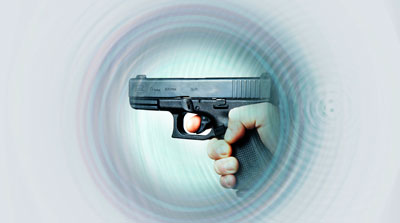
It is my experience that if taught early, the Zen approach results in a mature, calm shooter who may not be as fast as the next person, but who will hit his or her target with workman-like consistency and will ignore stressors outside of their control. And that is my definition of a good combat shooter. Here's how I get my students there.
The first step is to give a short class on the function of the firearm and internal and external ballistics. I do this for three reasons: One, it is good to understand how the entire system works from beginning to end. Two, it drives home the fact there is a lot going on when shooting, and you can only affect a small part of it. Three, it belies the notion that firing a gun is "instant." There are actually many things happening between starting a trigger press and the bullet leaving the muzzle. Knowing this helps shooters understand there is a sequence that must happen, every time, for a successful shot. I stress to them not to interrupt that sequence by jumping straight to the bang (anticipation), but to let the gun do its job.
One day, a student asked me, "You tell me not to anticipate, but what should I be thinking just before the shot breaks?" I could have kicked myself. What a great question! Of course you can't teach people what not to think. You have to teach them what to think. In that simple question can be found the secret to the Zen shot. Just before the shot breaks, your eye's focus is on the sights, making continuous, minute adjustments. You are applying smooth, even pressure to the trigger, and your mind is empty. Just as in meditation we focus on the breath, so in shooting we focus on the sights and let the trigger pull last as long as it needs to while the mind steps aside to let it all happen. Since "empty mind" is a difficult concept to convey, I've taken to telling my students to repeat in their minds "wait…wait…wait" while concentrating on the sights and squeezing the trigger. This is close enough to an empty mind for our purposes.
So here's the secret to practicing that "empty mind" state: Slow down. Relax. Relax your grip, your stance, your shoulders—everything. Put yourself into a difficult shooting scenario that will highlight anticipation (i.e. you will miss if you anticipate). This is some combination of a small target and longer distance, but no time limit. You should be beyond your comfort zone. Press the trigger back very slowly, so slowly an observer would not see your finger moving, while aligning the sights. As you are waiting, you will often feel anticipation in your body and see the "dip" of the firearm (especially if you shoot strong-hand only—see the sidebar drill). Identify what you were thinking at the moment you noticed anticipation. Change that thought to "wait," and continue your trigger pull. Allow the gun to recoil. Repeat this process until you can identify thoughts that don't help ("this is taking too long" or "oh, man, the sights are aligned now") and replace them with "wait," all the while easing the trigger back.
If your thought is "wait" when the shot breaks, you will hit. If your mind is on something else or you make the shot break, you most likely will not. Keep doing this drill until you can "feel" what an empty mind is like and what anticipatory thoughts are like. Once you can feel this, you will never forget it. When I see the "light-bulb" moment in students, it is clearly written on their faces with a huge smile. Seeing that transformation in a student gives me much satisfaction as an instructor.
At this point, I tell my students to never follow up a miss with a miss. If he misses a target, from now on and forever, he will bring his mind back to "wait" and get a hit. In this way, one can gradually train one's mind to react to misses by accepting it and shooting again with the proper mindset—but now scoring a hit. Training the mind in this fashion sounds like our definition of meditation, right? This mindset will quickly become habitual, and in combat this translates to faster, consistent hits, which sounds like good combat shooting to me.
Of course, combat shooting occurs in a dynamic, aggressive and stressful environment that requires juggling many factors simultaneously—hardly a prime setting for seeking Zen enlightenment. The good news is a Zen mindset is only necessary for the fraction of a second it takes to break a shot. Once you understand that and can feel it, you have something upon which to fall back when stress is high.
When a student clearly demonstrates his or her ability to control anticipatory thoughts, I pile on the stressors—time limits, competition, awkward positions, medical scenarios, etc. The student now automatically recognizes when he or she is cratering and falls back on the Zen shot to start hitting targets again. In combat, I will trust any shooter who can recover quickly from "losing it" and reliably hit targets every time, even if they never win the local speed challenge.
Anticipation will always be lurking, ready to pounce if the shooter is not wary. The only way to avoid anticipation entirely is to defeat it where it starts—in the mind. Learning this early will drastically improve your practice and, consequently, your proficiency. A shooter who learns to deal with anticipation early will still have much to learn about combat shooting, but will be able to focus on the things he can control and ignore the things he cannot when taking a shot. Not a bad place to begin.













